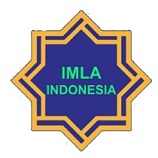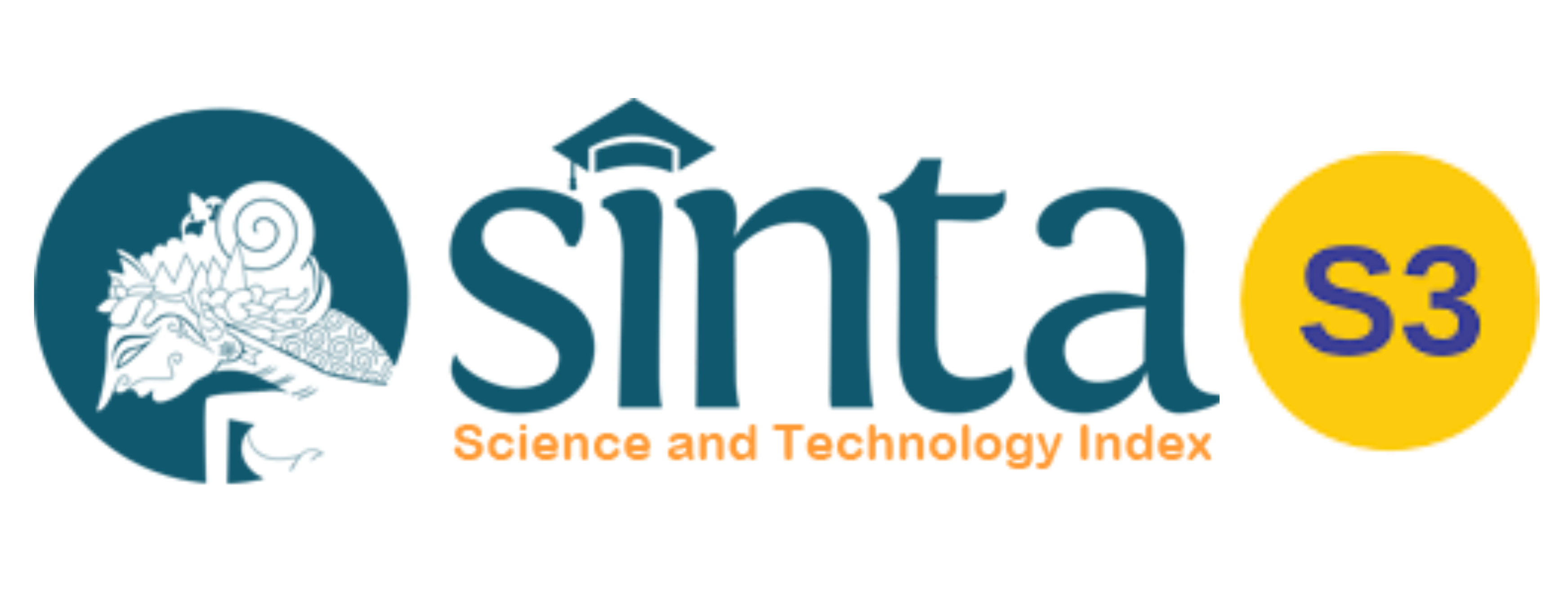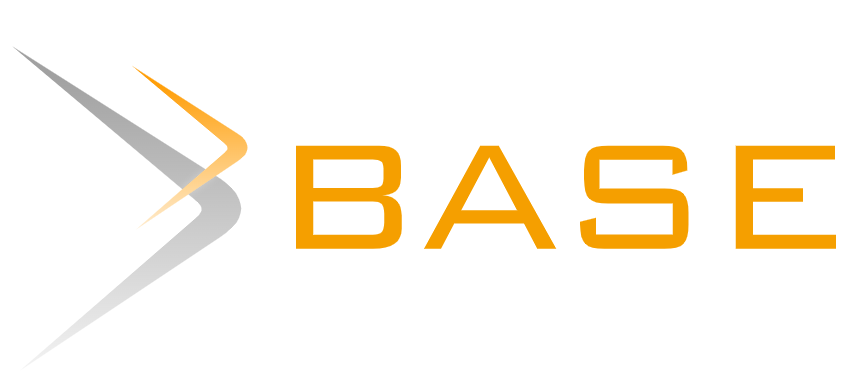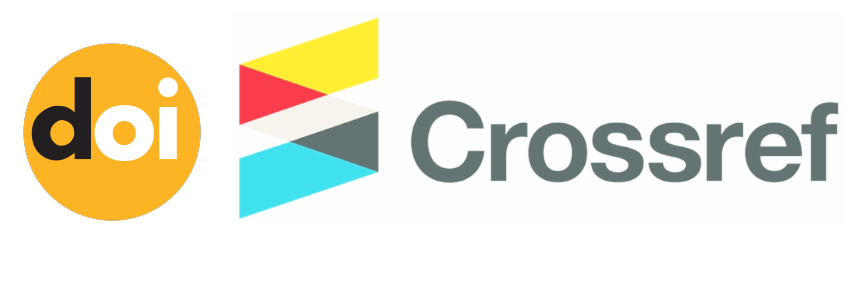The Actualization of Characters and References in The Classic Arabic Literature Criticism
Abstract
This study aims to give an overview, review and actualize referral sources in the literary criticism of classical Arabic along with the figures from the source of the referral, which is expected to help and enrich the knowledge and insight for learners criticism in Arabic literature. The method used is descriptive qualitative and the study of literature. Through this method the data and studies taken from various sources of literature are then described and presented in the form of words based on the focus of the book which became the main reference. From the discussion, it could be concluded that the scientific and the development of criticism in Arabic Literature in the classical, more precisely between the eighth century to the twelfth century, is the golden period of development in the scientific criticism in Arabic literature. Moreover, the four centuries was also born to a wide variety of artwork and writing a review or even find a theory and new things related to literary criticism. There are at least four books is the source of the referral (mashdar) literary criticism of classical Arabic that can be actualized and utilized as well as made the object of research to the development of scientific criticism in Arabic literature at the present time. The fourth book is Thabaqāt Fuchūlus-Syu'arā’, al-muwāzanah, al-badi’, and dalā'ilul i'jāz. The fourth book, and its author, is also a testament to the greatness of the development of criticism in Arabic literature in the classic, and has represented a wide range of novelty born of the development of scientific criticism in Arabic literature.
Keywords
Full Text:
PDFReferences
Abbas, Ihsan. (1983) Tᾱrikh an-naqdi al-adabῑ ‘inda al-‘Arab. Beirut: Dᾱr ats-Tsaqᾱfah.
Al-Ᾱmidῑ, Ibn Bisyr. (1992) Al-Muwᾱzanah baina Syi’ti Abῑ Tamᾱm wa al-Buchturῑ. Kairo: Dᾱrul Ma’ᾱrif.
Al-Barrak, Ibn Nᾱshir. (2018) Mᾱ al-Farqu baina al-Muqᾱranah wa al-Muqᾱbalah. Sh-albarrak.com. Diakses pada 13 Januari 2021, dari https://sh-albarrak.com/article/10480.
Al-Bayati, Ahmad. (2020) Thabaqᾱt Fuchῡl asy-Syu’arᾱ’ baina Dᾱrisῑhi al-Qudamᾱ’ wa al-Muchadditsῑn. Journal of Surra Man Raa 16(62), 524-575.
Al-Jumahῑ, Ibn Salᾱm. (1980) Thabaqᾱt Fuchῡl asy-Syu’arᾱ’. Jeddah: Dᾱr al-Madanῑ.
Al-Jurjᾱnῑ, Abdul Qᾱhir. (2004) Dalᾱilul I’jᾱz. Jeddah: Dᾱr al-Madanῑ.
Al-Mu’taz, Ibn. (2012) Kitᾱb al-Badῑ;. Beirut: Muassasah al-Kutub al-Tsaqᾱfiyyah.
Ardiansyah. (2016) Al-Muhassinᾱt al-Badi’iyyah pada Ayat-ayat Hukum tentang Berjuang di Jalan Allah. Jurnal al-Maslahah 12(2), 447-464.
Dhoif, Syauqi. (1965) Al-Balᾱghah Tathawwur wa Tᾱrῑkh. Kairo: Dᾱrul Ma’ᾱrif.
Fayyadh, ‘Adwiyyah. (2005) Nadzarᾱt Tachlῑliyyah fῑ Kitᾱb al-Muwᾱzanah baina Abῑ Tamᾱm wa al-Bukchturῑ lil Ᾱmidῑ. Journal al-Fath 23, 273-390.
Hasyim, Nur. (2000) Dawr Ibn al-Mu’taz fῑ ‘Ilmi al-Badῑ’. (Skripsi yang tidak dipublikasi). Universitas Islam Negri Sunan Ampel, Surabaya.
Huda, Ibnu Samsul. (2011) Sejarah Balaghah: Antara Ma’rifah dan Sinᾱ’ah. Jurnal Adabiyyat 10(1), 19-38.
Idris, Mardjoko. (2009) Kritik Sastra Arab ‘pengertian, sejarah dan aplikasinya’. Yogyakarta: Teras.
Kamil, Syukron. (2009) Teori Kritik Sastra Arab: Klasik dan Modern. Jakarta: Rajawali Press.
Mizan, Ahmad & Dinata, Rahmat. (2020) Ibn Mu’tazz dan Kontribusinya Terhadap Ilmu Badi’. Journal IMLAH 2(2), 27-38.
Natouf, Ahmet. (2020) Baina Thabaqᾱt Ibn Salᾱm wa Dalᾱil ‘Abdul Qᾱhir: Bachts fῑ al-‘Alᾱqah baina Fikrati Thabaqᾱt wa Dirᾱsᾱt I’jᾱzul Qur’ᾱn. Journal Bahar 15, 83-98.
Rasyid, Jamal. (2010) Mashᾱdir an-Naqdh al-‘Arabῑ. Ahlalloghah. Diakses pada 5 Januari 2021, dari https://www.ahlalloghah.com/showthread.php?t=3554.
Saifullah. (2010) I’jᾱz Al-Qur’an Menurut ‘Abd al-Qᾱhir al-Jurjᾱnῑ. Jurnal Analisis 10(2), 307-322.
DOI: https://doi.org/10.20961/cmes.15.1.48323
Refbacks
- There are currently no refbacks.
Copyright (c) 2021 Jurnal CMES

This work is licensed under a Creative Commons Attribution-ShareAlike 4.0 International License.
| Copyright of CMES ISSN 2085-563X (print) and ISSN 2502-1044 (online) CMES Journal is licensed under a Creative Commons Attribution-ShareAlike 4.0 International License. | CMES (Center of Middle Eastern Studies) Print ISSN: 2085-563X Online ISSN: 2502-1044 Website: https://jurnal.uns.ac.id/cmes/index Email: cmes@mail.uns.ac.id Published by: Universitas Sebelas Maret Office: Department of Arabic Literature, Faculty of Cultural Science, Universitas Sebelas Maret Ir. Sutami Street, No. 36A, Surakarta, Jawa Tengah 57126 Phone: +62 822-4000-2313 |















